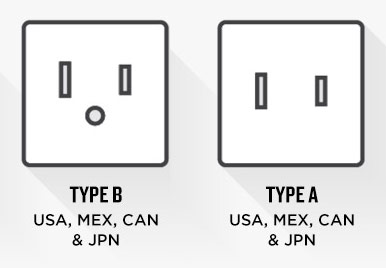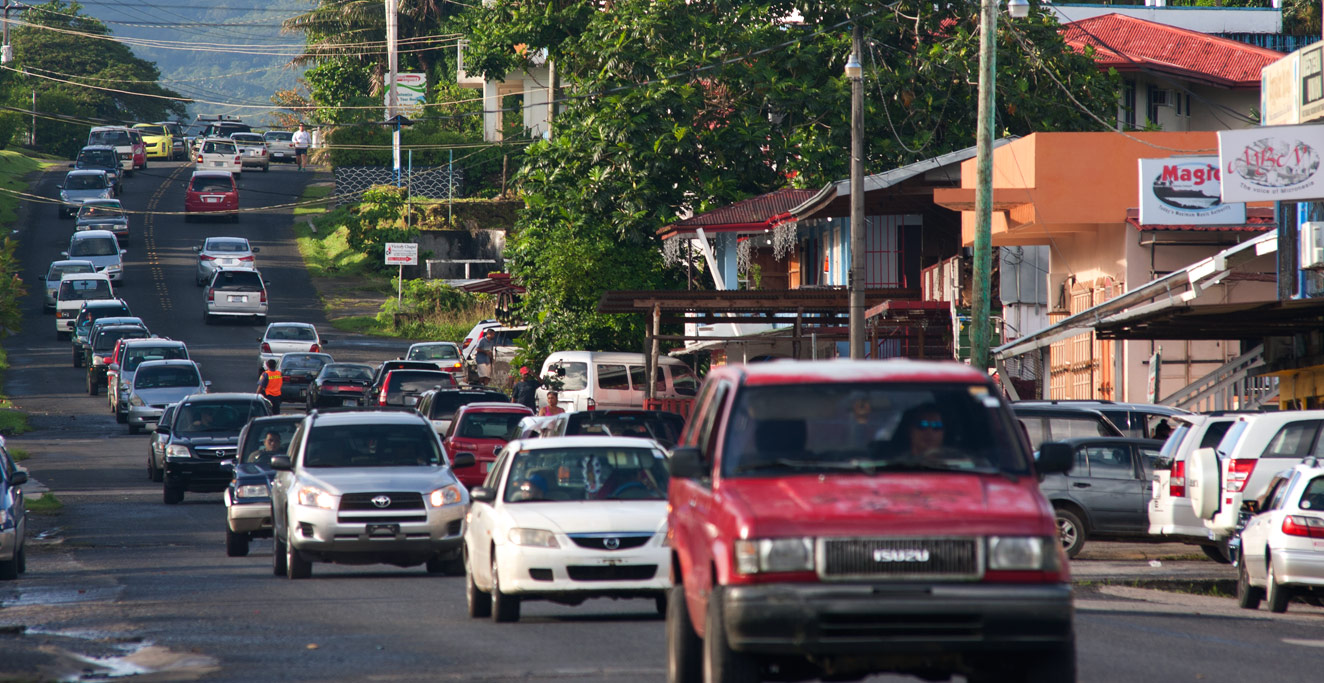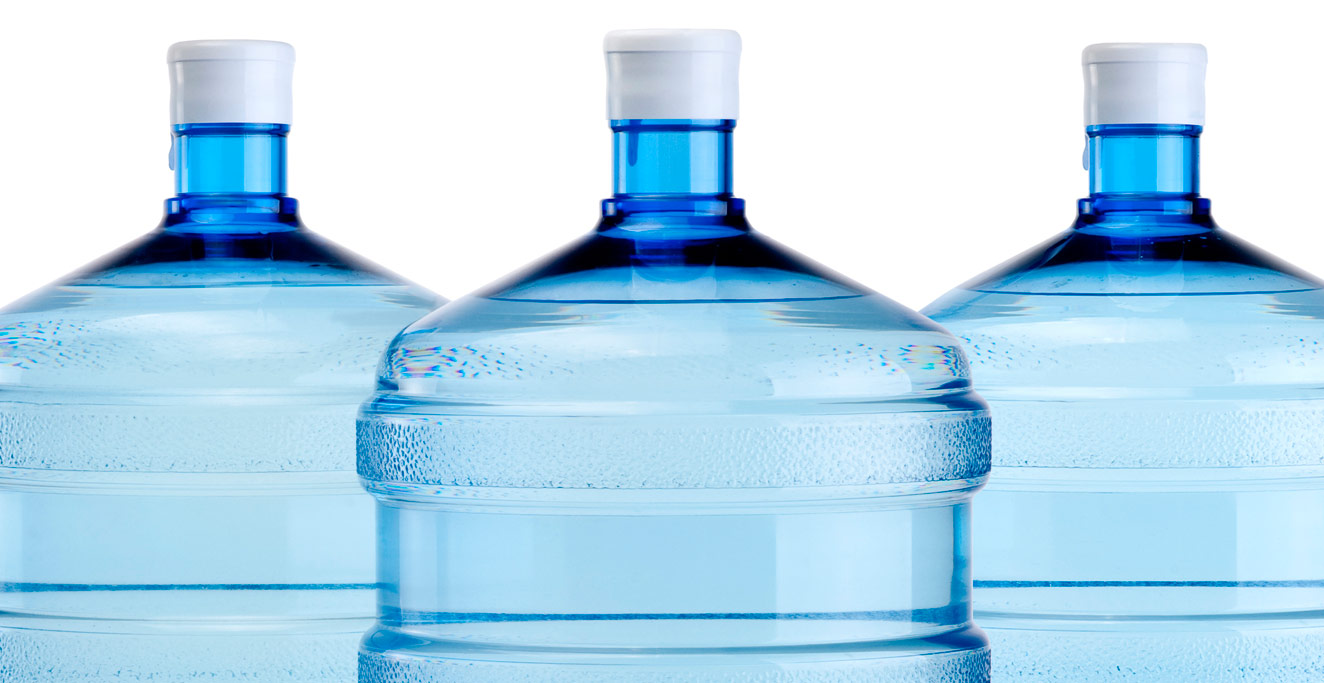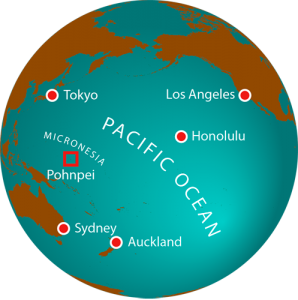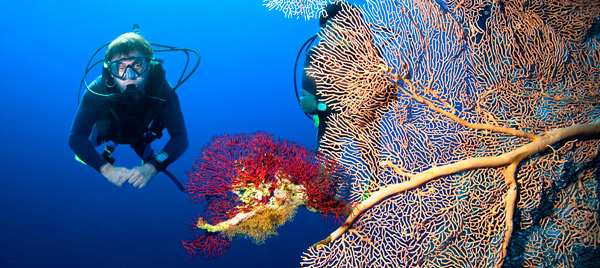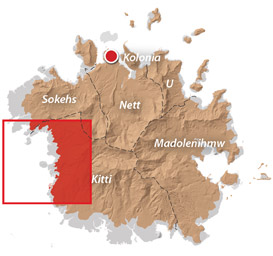Rental Car Companies
Some of the hotels on Pohnpei have small car rental services for guests (7 Stars Inn, Ocean View Plaza Hotel (West Wing), Island Palms Hotel, Seabreeze, Yvonne’s Hotel). The important word here is small. Expect a very limited selection of vehicles with moderate up-keep. There is also a growing number of companies that specialize in car rental. For rental rates use contact info listed under each rental company.
G & J Car Rental
G & J offers SUVs, flatbeds (regular size), and flatbed mini-trucks.
H & E Car Rental
H & E offers pick-ups and flatbeds (regular size).
- +691.320.2413
- 8AM-5PM (Mon-Sat)
Kaselehlie Car Rental
Kaselehlie offers Sedans, SUVs, pick-up trucks , vans, flatbeds (regular size).
- +691.320.4555
- 9AM-3PM(Mon-Sat)
- philliplindawp@gmail.com
Paradise Car Rental
Paradise offers SUVs for rent. They are open 24/7.
- +691.320.7978 / 7049
- Open 24/7
- Rumorsinc@mail.fm
Sunset View Car Rental
Sunset View Car Rental offers Sedans, SUVs, and Flatbeds for rent. They even have a website where you can make a reservation.
Rules of the Road
The rules are not all that different from any developed country. The reality is another matter; enforcement is minimal. There is no driver education, and many people begin operating vehicles without having taken tests of any kind. The concept of right-of-way is poorly understood, and passing frequently occurs where it is unsafe. Driving under the influence of alcohol and/or sakau (kava) is rampant, especially at night on the weekends. Though speed limits are usually not more than 24 kph (15 mph) around most of the island, a lot of people drive twice or three times that fast (especially taxis) and zip around the blind turns without care. Most of the Circle Island Road is paved now, but that doesn’t mean it’s in good condition everywhere; potholes are a fact of life and rain is ever-present. Additionally, while people drive on the right side of the road in the FSM, the majority of the cars on Pohnpei are second-hand imports from Japan with steering wheels on the left. Drivers in these vehicles have limited visibility, increasing the odds of accidents.
All this is simply to say that one must drive defensively and make no assumptions about what other drivers will or will not do. Drive slow and be aware at all times for children or animals running into the road.
Taxi Service
Taxi services on Pohnpei are as numerous as raindrops. New ones are constantly appearing while others vanish. All companies operate on a flat-fare basis and only accept cash. Because local taxis don’t use meters, and the fare isn’t directly proportional to the distance, Pohnpei’s taxi drivers have to hustle to make any money by the end of the day. They tend to drive very fast and very recklessly, and you can expect them to stop many times before they get to your destination in an effort to cram as many additional passengers as possible into their vehicle. Some of the drivers are super sweet. Others are, without a doubt, deranged. Also, don’t be surprised if your driver isn’t wearing a shirt or if he periodically opens the door, while speeding along, to spit his betel nut juice on the roadway. Seriously.
Taxis can be requested by phone or waved down on the road. If doing the former, we recommend that you have someone at your hotel do the calling. The taxi company dispatchers are often difficult for foreigners to communicate with and are more likely to get the correct information (and send a taxi faster) if a local person speaks with them. Also good idea would be to ask a local person how much the fare should roughly be so that the taxi driver does not try to hustle extra money from you.
Taxis can take you anywhere, but they’re definitely not tour guides.
Bicycling Around
If you can get your hands on a good mountain bike, exploring on two wheels is not a bad option. There are, however, a number of things to consider. For details, visit our page on Biking.
Walking
Outside of town, it’s normal to see local people walking along the road from place to place, but they don’t do it because they want to, and most Pohnpeians are baffled when they encounter a foreigner who chooses to walk when other options are available. Never the less, the island is not a bad place for pedestrians. You just have to be doubly conscious of traffic on the roads, accept that the Western concept of “right-of-way” means next to nothing to most people, be wary of dogs, and always be prepared for torrential rains. Kolonia has sidewalks along most of its major streets, but they are in bad condition and are often very slippery. Watch for holes and loose concrete slabs unless you want to end up hurting yourself or falling in a stream of sewer water.
Hiring Boats
The easiest way to hire a boat for a group is to approach an operator like Pohnpei Surf Club. Tour operators usually have boats going out with groups, for more affordable rates it’s better to book in groups and split the cost rather than booking trips by yourself.
The Basics >> Getting Around
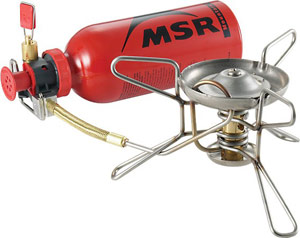 Liquid fuel stoves, such as those made by MSR and Optimus / Svea, are an option on Pohnpei, as white gas is available at the local hardware stores.
Liquid fuel stoves, such as those made by MSR and Optimus / Svea, are an option on Pohnpei, as white gas is available at the local hardware stores. 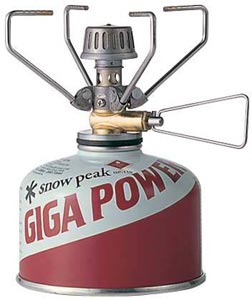 These stoves are fueled by an external butane or propane fuel canister that is thrown away when depleted.
These stoves are fueled by an external butane or propane fuel canister that is thrown away when depleted. 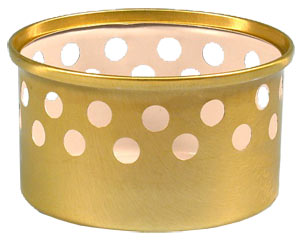 The last choice is the alcohol stove. This is the simplest type of stove, the lightest, and the least prone to malfunction, because it has no complicated parts (no parts at all). It is nothing more than a reservoir that holds fuel, which is set aflame and burns out on its own.
The last choice is the alcohol stove. This is the simplest type of stove, the lightest, and the least prone to malfunction, because it has no complicated parts (no parts at all). It is nothing more than a reservoir that holds fuel, which is set aflame and burns out on its own.

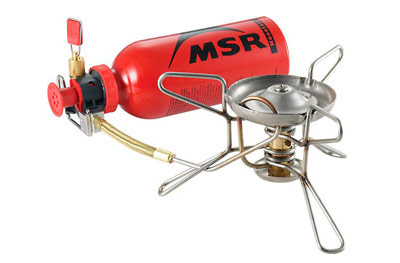
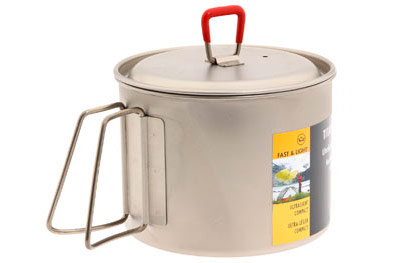

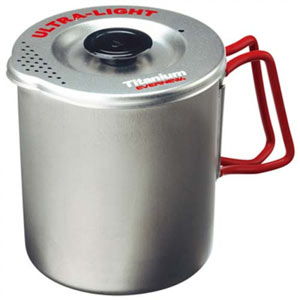
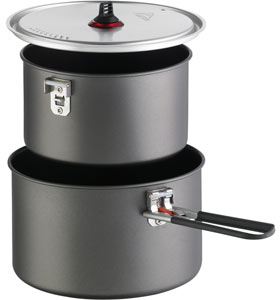
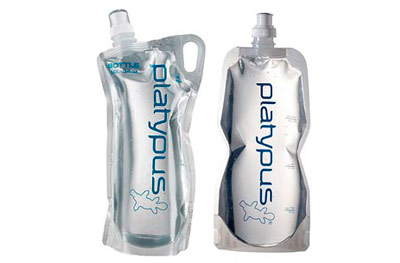
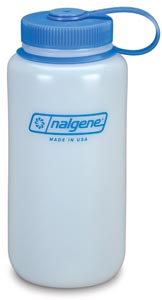
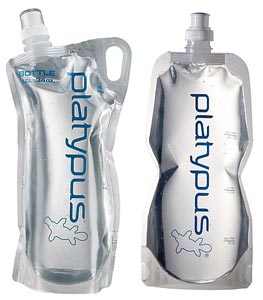

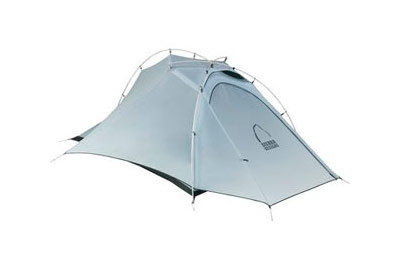
 Weekend hikers usually think of tents as the definitive backpacking shelter, but they actually have many drawbacks. One tent model is available for purchase on Pohnpei, but it’s so heavy you’d never want to hike anywhere with it much less Pohnpei’s rugged mountains and rainforest. Those set on using a tent should bring one from home.
Weekend hikers usually think of tents as the definitive backpacking shelter, but they actually have many drawbacks. One tent model is available for purchase on Pohnpei, but it’s so heavy you’d never want to hike anywhere with it much less Pohnpei’s rugged mountains and rainforest. Those set on using a tent should bring one from home. 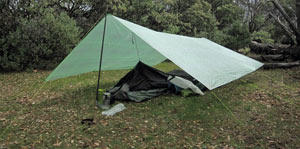
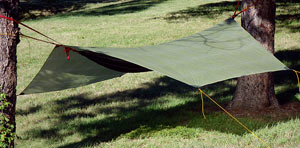 For a pair of sleepers, the Cuben Fiber Grace has a larger 2.6 x 2.1 x 2.8 meter (8.5 x 7 x 9.2 ft) version that weighs 225 g (7.8 oz). Also, a larger, heavier option is the 3.2 x 2.6 meter (10.5 x 8.5 ft) Hammock Hexagon Tarp, which weighs 241 g (8.5 oz). It also has a bonded and taped ridgeline seam, but only 6 tie-outs. Though it is designed to hang above a hammock, it can also be pitched A-frame tent style with trekking poles.
For a pair of sleepers, the Cuben Fiber Grace has a larger 2.6 x 2.1 x 2.8 meter (8.5 x 7 x 9.2 ft) version that weighs 225 g (7.8 oz). Also, a larger, heavier option is the 3.2 x 2.6 meter (10.5 x 8.5 ft) Hammock Hexagon Tarp, which weighs 241 g (8.5 oz). It also has a bonded and taped ridgeline seam, but only 6 tie-outs. Though it is designed to hang above a hammock, it can also be pitched A-frame tent style with trekking poles.
